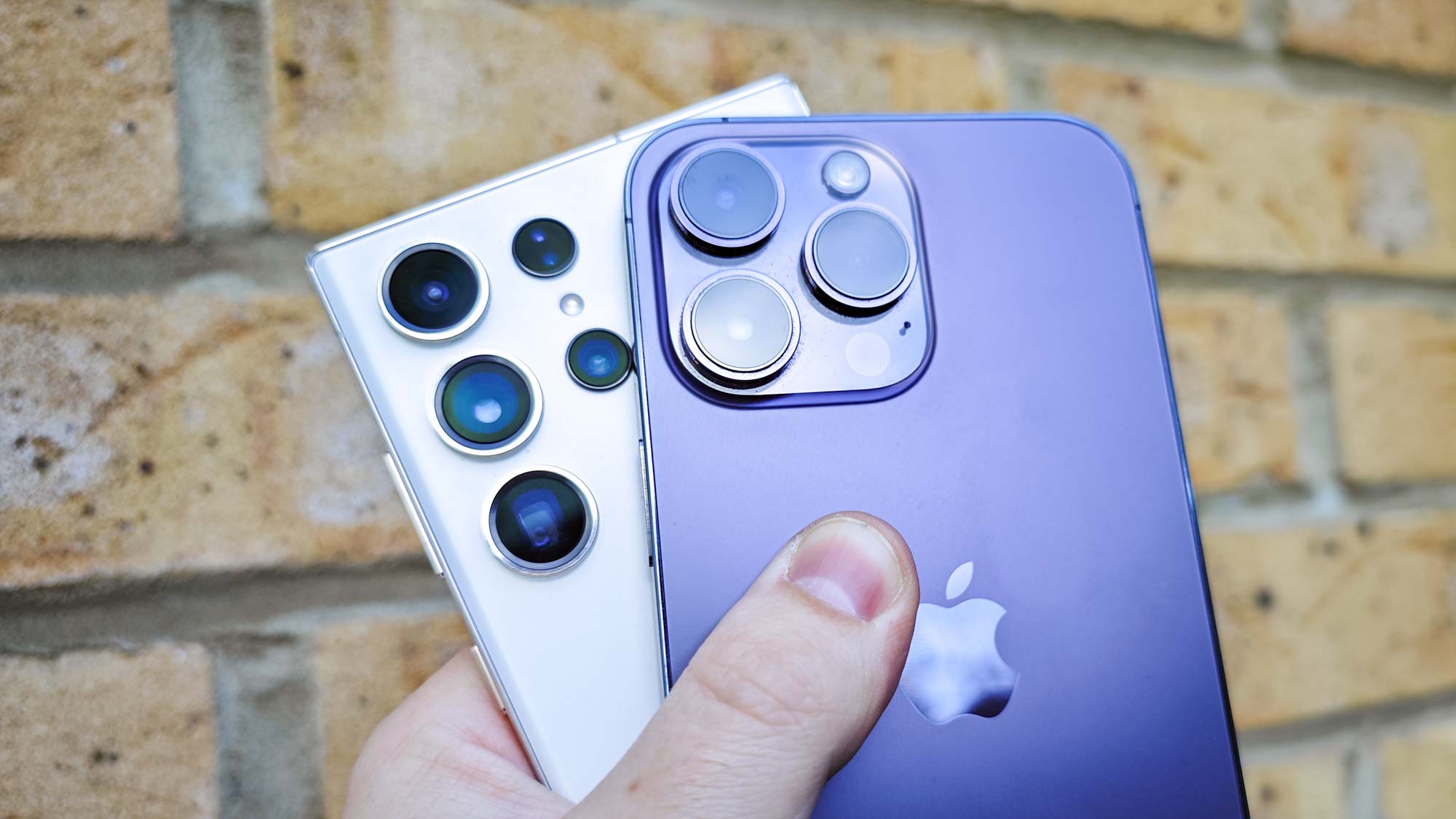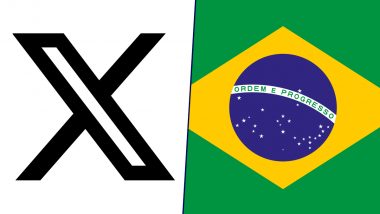
SK hynix's 12-layer high-bandwidth memory 3e / Courtesy of SK hynix Performance attributed to growth in AI-specific HBM chips By Nam Hyun-woo As Korea's two main chipmakers prepare to announce their earnings for the third quarter of this year, expectations are rising that SK Hynix may surpass Samsung Electronics in operating profit within the semiconductor sector. SK hynix and Samsung Electronics will each announce their third-quarter earnings by the end of this month. Before announcing fixed numbers, Samsung will provide an earnings guidance on Tuesday.
The market consensus for SK Hynix’s operating profit in the third quarter has reached 6.76 trillion won ($5 billion), with revenue expected to be around 17.99 trillion won during the same period.

If these estimates closely align with actual figures, the company is likely to achieve a record high in quarterly operating profit, despite the negative outlook for the global memory chip market. Samsung Electronics does not disclose detailed figures for each business division in its earnings guidance. The company’s device solutions (DS) division, which oversees the memory chip business, will likely account for more than 50 percent of Samsung Electronics’ overall operating profit.
In light of this, the market anticipates that Samsung Electronics will report an overall operating profit of 10.77 trillion won in the third quarter, with the operating profit of its Device Solutions (DS) division expected to fall between 5.2 trillion won and 6.
3 trillion won. This suggests that SK hynix may outpace Samsung Electronics in operating profit by a margin between 400 billion won and 1.5 trillion won, dealing a blow to Samsung’s long-time reputation as the world’s largest memory chip company.
The numbers fuel anticipation that SK hynix may overtake Samsung in annual operating profit. In the first half of this year, Samsung Electronics’ DS division was ahead of SK hynix by about 1 trillion won in operating profit. However, analysts are expecting that SK hynix will likely accumulate 23 trillion won of operating profit by the end of this year, while that of Samsung’s DS may remain at between 19.
5 trillion won and 22.4 trillion won. SK Group Chairman Chey Tae-won, left, listens to an SK hynix official during his visit to the company's high-bandwidth memory plant in Icheon, Gyeonggi Province, Aug.
5. Courtesy of SK Group The possible upset is attributed to the company’s industry-leading high-bandwidth memory (HBM) chip business. HBM is an advanced DRAM chip that powers artificial intelligence (AI), and SK Hynix is the largest supplier for Nvidia, a leading AI processor manufacturer.
“As SK Hynix continues to pursue profitability strategies, the rising shipments of eight-layer HBM3e are expected to drive a notable increase in the company’s DRAM average selling price,” SK Securities analyst Han Dong-hee said. “The share of HBM within the company’s DRAM revenue is expected to have surpassed 30 percent, and this is propelling the company to post the new high in its quarterly earnings.” SK hynix has been supplying eight-layer HBM3e chips to Nvidia since March and recently began mass production of 12-layer HBM3e chips.
During its conference call for the second quarter earnings in July, SK hynix said the company is “expecting a 300 percent or higher growth in its HBM business this year.” Samsung Electronics is also manufacturing HBM3e chips, but Nvidia is reportedly still testing Samsung products. SK hynix is leading the global HBM market with a 53 percent market share, followed by Samsung with 38 percent as of last year, according to market tracker TrendForce.
HBMs are approximately three to five times more expensive than general DRAM products, thus ensuring greater profitability for SK hynix. In the second quarter, the company’s operating profit margin stood at 33 percent, outpacing that of Samsung with 22.6 percent.
.














